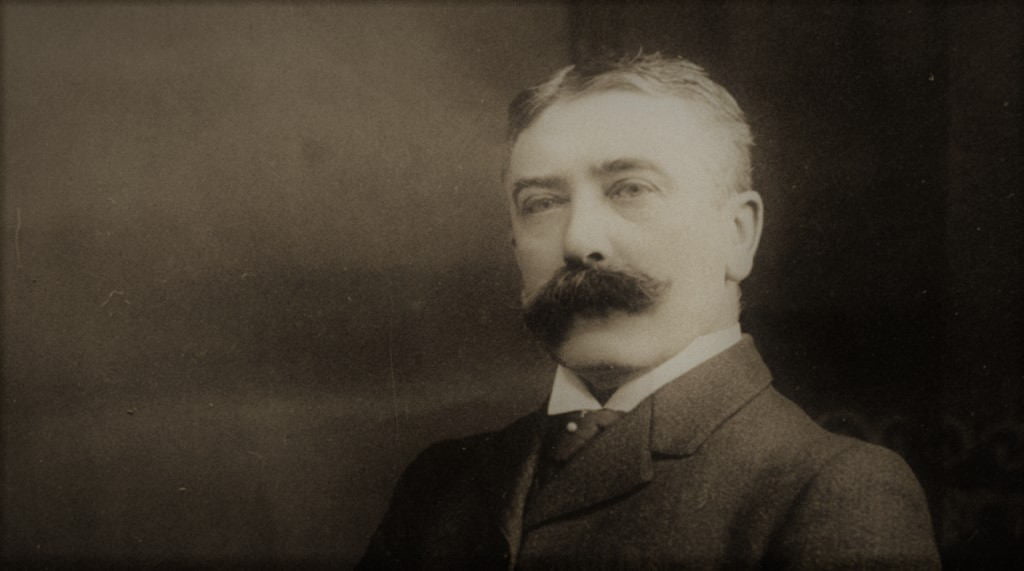
Los aportes de Ferdinand de Saussure a la lingüística contemporánea » Las nueve musas
[1] Although Saussure's perspective was in historical linguistics, the Course develops a theory of semiotics that is generally applicable. A manuscript containing Saussure's original notes was found in 1996, and later published as Writings in General Linguistics . The task of linguistics

(PDF) Sobre Ferdinand de Saussure COMUNICACIÓN CAT. DEVALLE FADU UBA Academia.edu
Show Summary Details. Overview Ferdinand de Saussure (1857—1913) Swiss linguistics scholar Quick Reference (1857-1913) Swiss linguist, noted for his early structuralist views on language.. Saussure, Ferdinand de (1857-1913) in The Oxford Dictionary of Philosophy (2 rev) Length: 193 words Saussure, Ferdinand de (1857-1913).
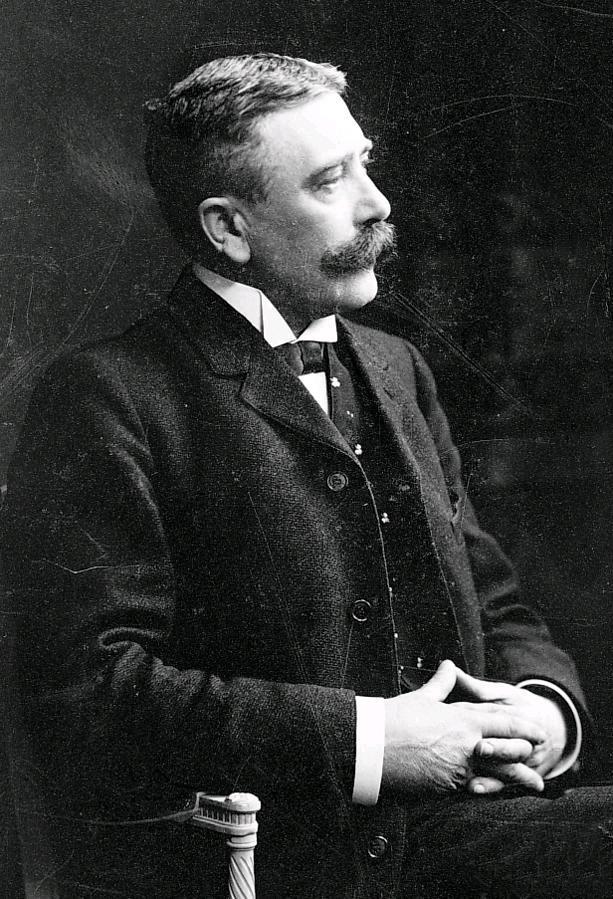
Ferdinand de Saussure Sprogvidenskabsmand lex.dk
epigraphy paleography pragmatics kinesics vexillology See all related content → semiotics, the study of signs and sign-using behaviour. It was defined by one of its founders, the Swiss linguist Ferdinand de Saussure, as the study of "the life of signs within society."

The Object Of Study By Ferdinand De Saussure • English Summary English phonics, English
Ferdinand de Saussure (pronounced [fɛr.di.nã.dɘ.so.ˈsyr]) (November 26, 1857 - February 22, 1913) was a Swiss linguist whose ideas laid the foundation for many of the significant developments in linguistics in the twentieth century. He is widely considered the "father" of twentieth-century linguistics, and his work laid the foundation for the approach known as structuralism in the.

(PDF) Ferdinand de Saussure (18571913 Dayana Peralta de Morales Academia.edu
Ferdinand de Saussure (/ s oʊ ˈ sj ʊər /; French: [fɛʁdinɑ̃ də sosyʁ]; 26 November 1857 - 22 February 1913) was a Swiss linguist, semiotician and philosopher.His ideas laid a foundation for many significant developments in both linguistics and semiotics in the 20th century. He is widely considered one of the founders of 20th-century linguistics and one of two major founders.

(PDF) Curso de lingüística general (Ferdinand de Saussure) Sergio A Oviedo San Agustín
Saussure's Idea of Signifier and Signified. The language is the system of signs. It has two components- the signifier and signified. The signifier refers to the specific sound pattern of a specific langue that points towards the image of a particular object in our mind. E.g. Sea, Tree, Notebook, Mi A1 etc. On the other hand, the signified refers to the acoustic image of the specific object.
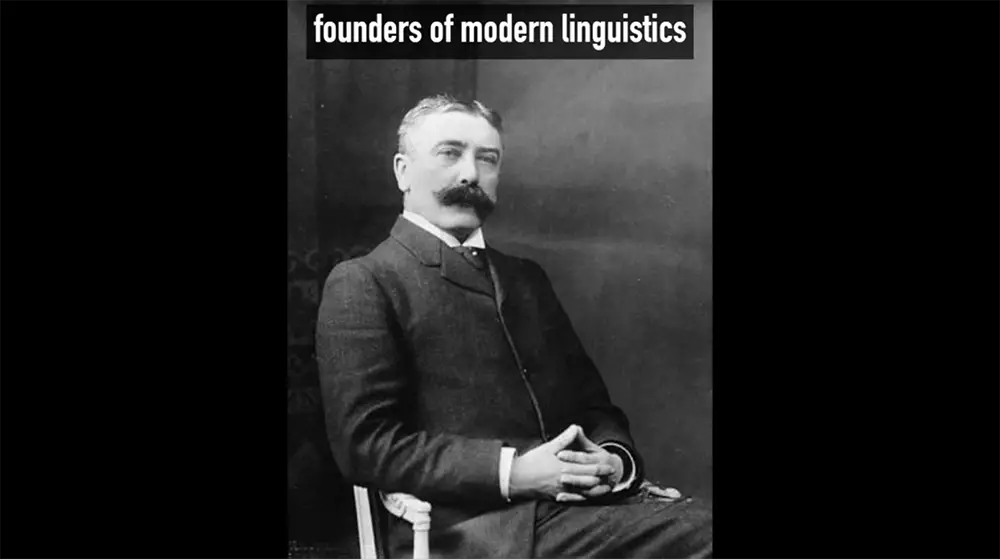
Top 10 Facts About FERDINAND DE SAUSSURE’s Theories
On November 26, 1857, Swiss linguist and semiotician Ferdinand de Saussure was born. His ideas laid the foundation for many significant developments both in linguistics and semiotics in the 20th century. Moreover, de Saussure is widely considered one of the fathers of 20th-century linguistics and together with Charles Sanders Peirce one of two.

20.26.36_Ferdinand de Saussure
In the late 19th and early 20th centuries Ferdinand de Saussure established the structuralist school of linguistics ( see structuralism), which analyzed actual speech to learn about the underlying structure of language.
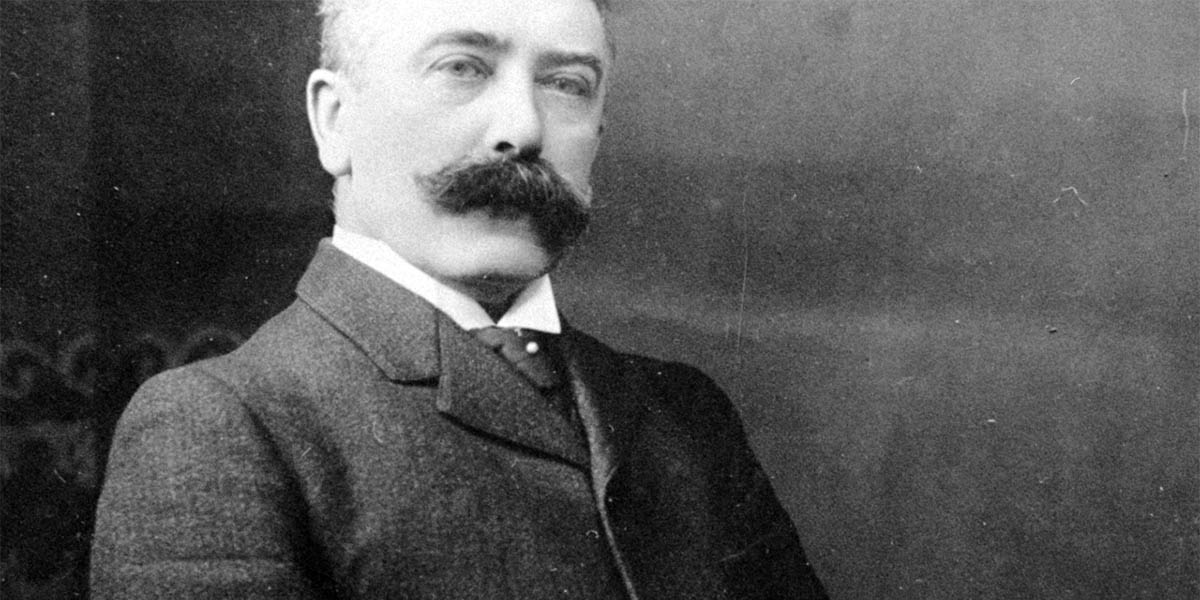
Baba niye bizim Saussure’ümüz yok? Düşünbil Portal
Ferdinand de Saussure's Course in General Linguistics Chapter Summary. Find summaries for every chapter, including a Course in General Linguistics Chapter Summary Chart to help you understand the book.

The Object of Study by Ferdinand de Saussure Summary YouTube
Ferdinand de Saussure Study Guide Documents Q&As Discussions Course in General Linguistics | Part 1, Chapters 1-3 : General Principles | Summary Share Summary Part 1, Chapter 1: Nature of the Linguistic Sign Language consists of linguistic signs.
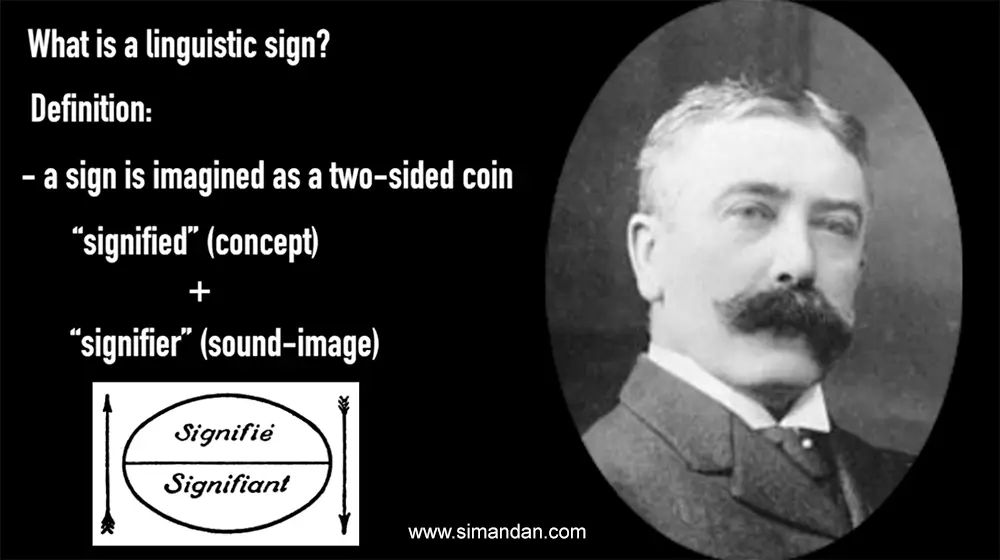
Top 10 Facts About FERDINAND DE SAUSSURE’s Theories
By NASRULLAH MAMBROL on March 20, 2016 • ( 7 ) Saussure introduced Structuralism in Linguistics, marking a revolutionary break in the study of language, which had till then been historical and philological. In his Course in General Linguistics (1916), Saussure saw language as a system of signs constructed by convention.

Calaméo Ferdinand De Saussure
This research article focuses on the basic assumptions about structuralism as proposed by Ferdinand Saussure through his ideas of structure, language signs, synchronic and diachronic study of.

Ferdinand de Saussure Quick Facts Tanvir's Blog
Ferdinand de Saussure (b. 1857-d. 1913, Geneva) is widely recognized as the founder of modern theoretical linguistics.
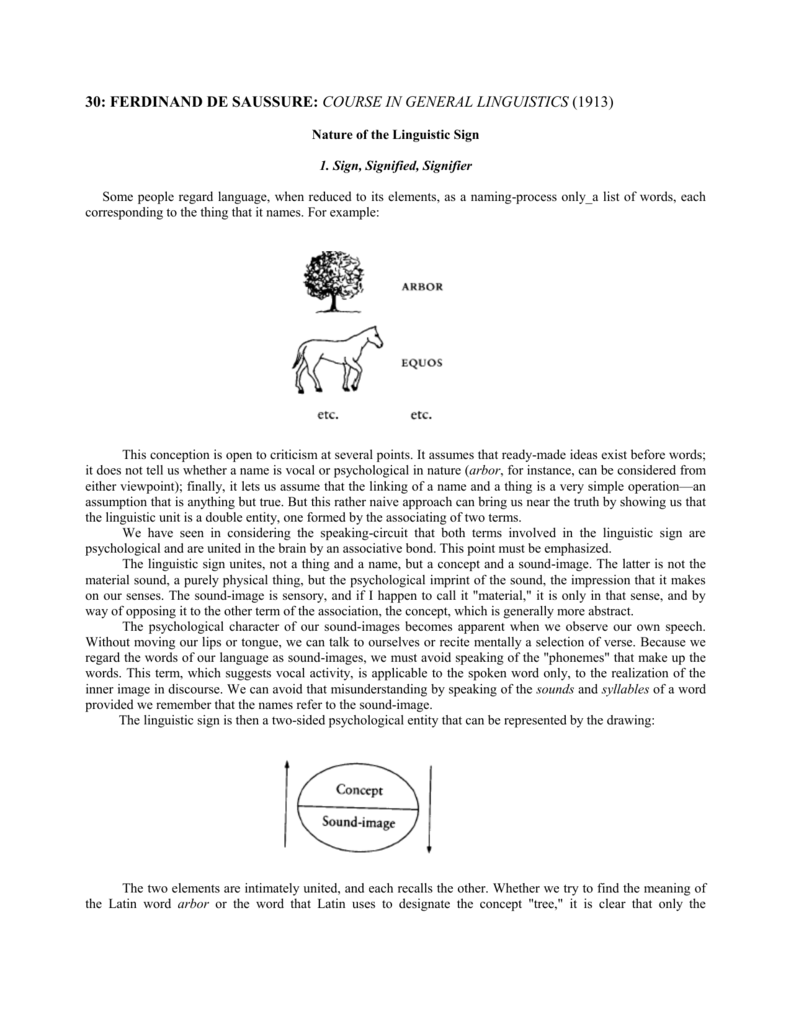
FERDINAND DE SAUSSURE
The founder of modern linguistics, Ferdinand de Saussure inaugurated semiology, structuralism, and deconstruction and made possible the work of Jacques Derrida, Roland Barthes, Michel Foucault, and Jacques Lacan, thus enabling the development of French feminism, gender studies, New Historicism, and postcolonialism.
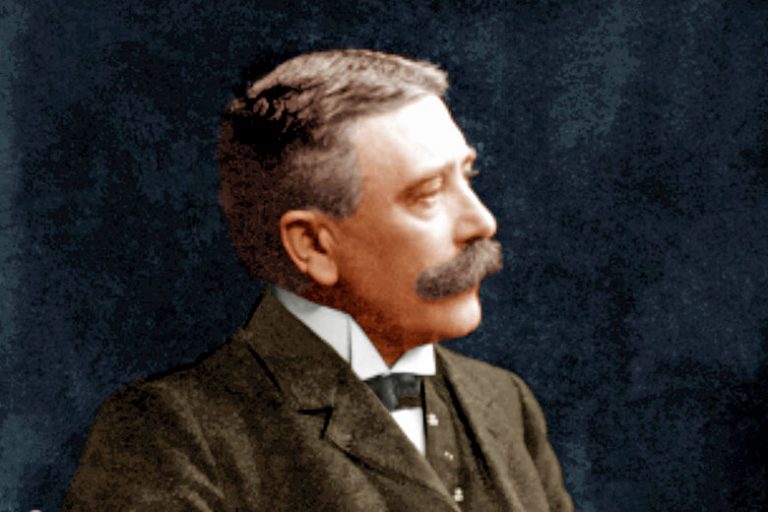
Eseu Teoria lui Ferdinand de Saussure între explicație și interpretare (I) Ştiri locale de
Summary Preface Colleagues and students of Ferdinand de Saussure (1857-1913) reconstructed the text from student lecture notes after his death. This was done to preserve a record of the system of thought he presented in lectures and spent his career developing. Introduction
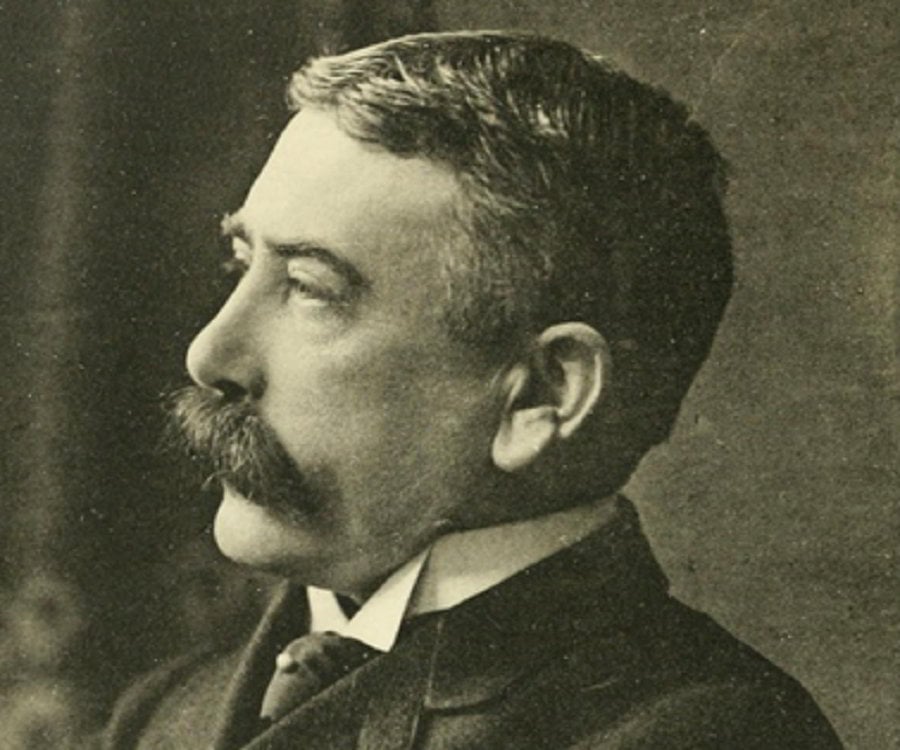
Ferdinand de Saussure Biography Facts, Childhood, Family Life, Achievements
1. Introduction. Ferdinand de Saussure (1857-1913), though a universally known figure in and outside modern linguistics, has remained an enigmatic source of controversy and confusion ever since the posthumous publication, in 1916, of his now world-famous Cours de linguistique générale (henceforth Cours), published by Payot in Paris/Lausanne.This book was, though published under his name.